Titicaca Lake, between Peru and Bolivia
The floating Islands of Uros, Taquile, and Copacabana
After some relaxing days in Cusco, Fernanda and I went south to visit Titicaca Lake, we took a night bus to Puno and there we took a trip to see the floating islands of Uros and the island of Taquile. After that, we visited the Bolivian part of the lake and the city of Copacabana.
Lake Titicaca, located in the Andes, is one of the most famous and remarkable lakes in the world. It is the largest lake in South America by volume of water and surface area, and at an elevation of 3,812 meters (12,507 feet), it is also considered the highest navigable lake in the world. Lake Titicaca covers an area of about 8,372 square kilometres (3,232 square miles).
Titicaca holds great cultural and spiritual significance for the Indigenous peoples of the region. According to Incan mythology, it is considered the birthplace of the sun and the origin of the Inca civilization.
The lake is home to several islands, some natural and others artificial.
The first stop of our tour was on one of the islands in Uros. The Uros Islands are a group of around 80 floating islands located on Lake Titicaca, near the city of Puno. These islands are unique, man-made, constructed from layers of totora reeds that grow in the lake. The Uros people, who have lived on these islands for centuries, have developed a distinctive way of life deeply connected to the lake and the reeds that sustain their communities.
The Uros Islands are built entirely from totora reeds, which are buoyant and abundant in Lake Titicaca. The construction involves cutting large quantities of these reeds, which are then bundled together to create the island's base. Layers of reeds are added every 15 days, and as the bottom layers begin to rot in the water, new layers are added on top. This continuous process keeps the islands afloat and habitable.
The islands vary in size, some large enough to house 10 to 15 families, while others are home to just one or two families. The surface of the islands is soft and spongy, and walking on them can feel a bit like walking on a waterbed.
The Uros people have a unique culture that has been shaped by their environment. Traditionally, they were fishermen and hunters, relying on the lake's resources for their livelihood. Fishing is still an important activity, although tourism has become a significant source of income in recent years.
The totora reeds used to construct the islands are also used to build boats, known as "balsas," which are essential for transportation and fishing. These boats, often shaped like traditional reed boats used by ancient Andean cultures, are also a symbol of the Uros' resilience and adaptability.
We have been to two islands. Seven families were living in the first one, we met some of them, saw their houses, and checked out their handmade crafts. Tourism provides the Uros with an important source of income, and many families sell handmade crafts, such as embroidered textiles and reed miniatures. We also visited the main island, the capital of Uros, where we had coffee and quinoa fried bread. It was a great experience to walk on the soft ground of these islands, and it was crazy to think how it could be to live there.
We left Uros in the direction of Taquile, the boat ride was more than an hour long. Taquile Island is a small but culturally rich island known for its stunning landscapes, unique textile art, and traditional way of life. The island is about 45 kilometres (28 miles) from the city of Puno, and it is home to a community of Quechua-speaking people who have preserved their customs and traditions for centuries.
Taquile Island is approximately 5.5 kilometres (3.4 miles) long and 1.6 kilometres (1 mile) wide, with a population of around 2,200 people. The island’s terrain is characterized by terraced hillsides used for agriculture, offering breathtaking views of Lake Titicaca and the surrounding Andes mountains. The highest point on the island reaches about 4,050 meters (13,287 feet) above sea level, providing panoramic vistas of the lake.
Taquile is perhaps best known for its textile traditions, which have been recognized by UNESCO as part of the "Masterpieces of the Oral and Intangible Heritage of Humanity." The men of Taquile are skilled weavers, a practice that is unusual in many parts of the world where weaving is typically done by women. From a young age, boys are taught to knit, while women spin and dye the wool.
The textiles produced on Taquile are intricate and symbolic, with each design carrying cultural significance. The men knit chullos (traditional Andean hats with earflaps) and belts, while women create beautiful shawls and other garments. The colours, patterns, and styles of the textiles often indicate the wearer’s social status, marital status, and community role.
Traditional clothing is worn by both men and women, with men donning black pants and vests, white shirts, and brightly coloured chullos. Women wear layered skirts, blouses, and shawls, often in vivid colours. These garments are not just for decoration but serve as a form of communication within the community.
On the island, we had lunch with quinoa soup and trout, after lunch our guide with local people told us about all the traditions I had written before. After that we walked back to the boat, that brought us back to Puno, and admired the stunning landscape, I didn't imagine that Titicaca could be so beautiful.
It is possible to sleep in Taquile, visitors are welcomed by the local families, who provide lodging, meals, and guided tours. The tourism activities are managed collectively, ensuring that the benefits are distributed fairly among the community members.
We planned to leave Puno immediately after the tour, cross the border with Bolivia and reach Copacabana, but we had some logistics problems with the organisers of the tour so we had to spend the night in Puno and went to Copacabana the day after.
Copacabana is a charming town located on the shores of Lake Titicaca in Bolivia, near the border with Peru. It is a popular destination known for its religious significance, stunning landscapes, and as a gateway to the sacred Isla del Sol (Island of the Sun).
Copacabana is situated at an altitude of about 3,841 meters (12,602 feet) above sea level, making it one of the highest towns in the world. It lies on a small peninsula that juts out into Lake Titicaca. The town is surrounded by rolling hills and offers breathtaking views of the deep blue waters of Lake Titicaca, with the snow-capped peaks of the Andes visible in the distance.
The area was originally a sacred place for the Indigenous peoples of the Andes, particularly the Aymara and Inca. The name "Copacabana" is believed to derive from the Aymara phrase "kota kahuana," which means "view of the lake."
Copacabana serves as the main jumping-off point for trips to Isla del Sol, which we planned to visit it, but in the end, we didn't have time. Isla del Sol is believed to be the birthplace of the sun god Inti and the legendary first Inca king, Manco Cápac. The island is dotted with ancient ruins, including the Sacred Rock and the Pilko Kaina Temple, and offers spectacular hiking trails with panoramic views of the lake.
I was surprised by the beauty of Titicaca Lake, the landscapes, and the views were stunning. On the bus ride from Puno to Copacabana, and also in the first part from Copacabana to La Paz, I was always looking out the window because there was constantly something to admire.
We spent a few hours in Copacabana, waiting for the bus to La Paz, this was just the beginning of the trip to Bolivia, a country I loved very much and I will tell you about in the next blog.
See you soon
Flavio

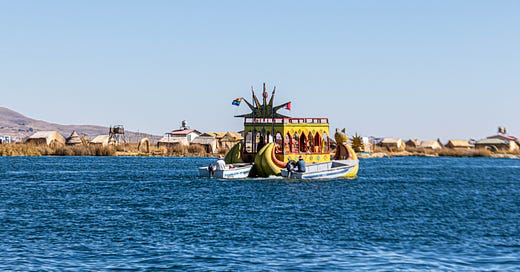


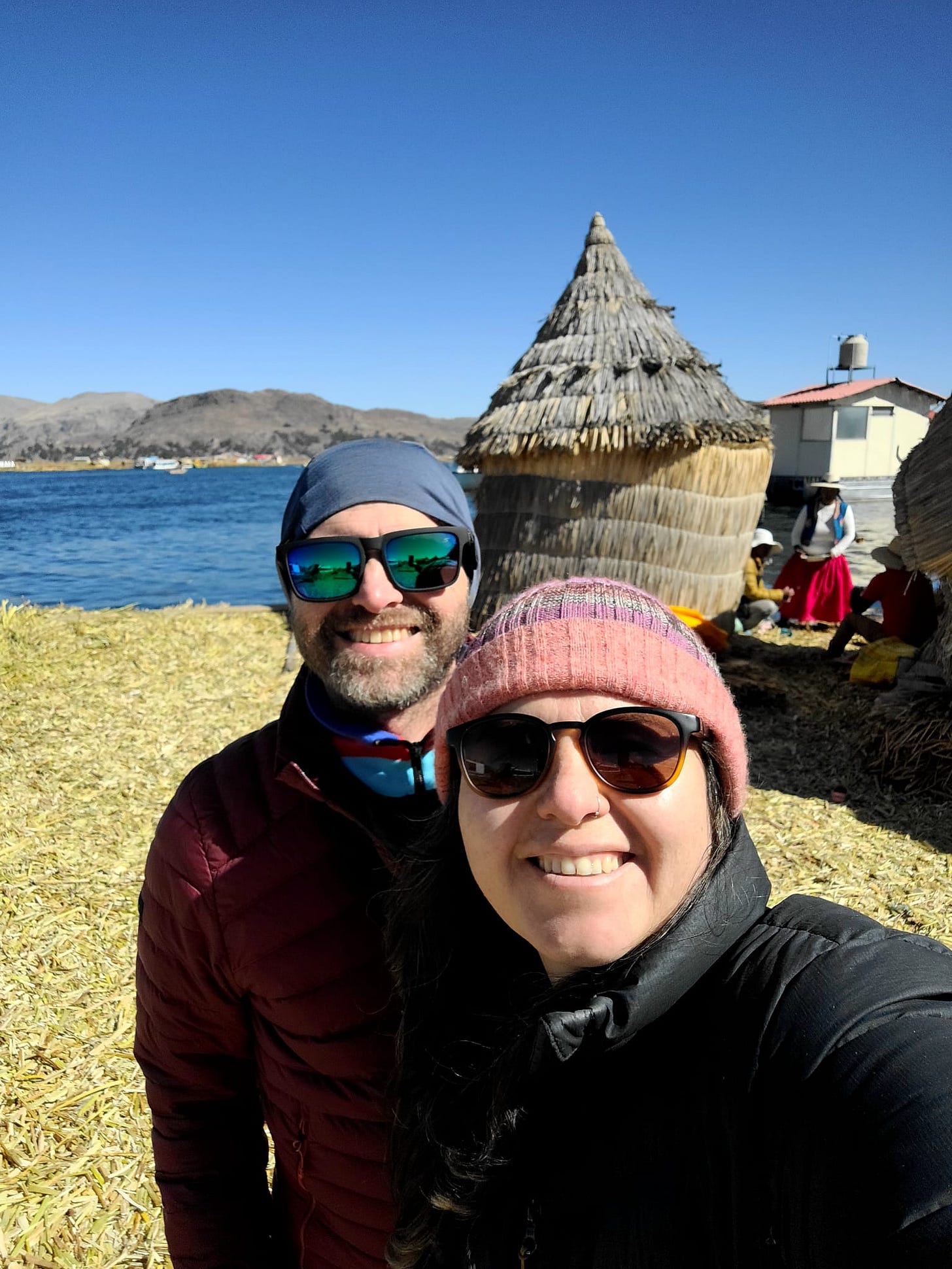


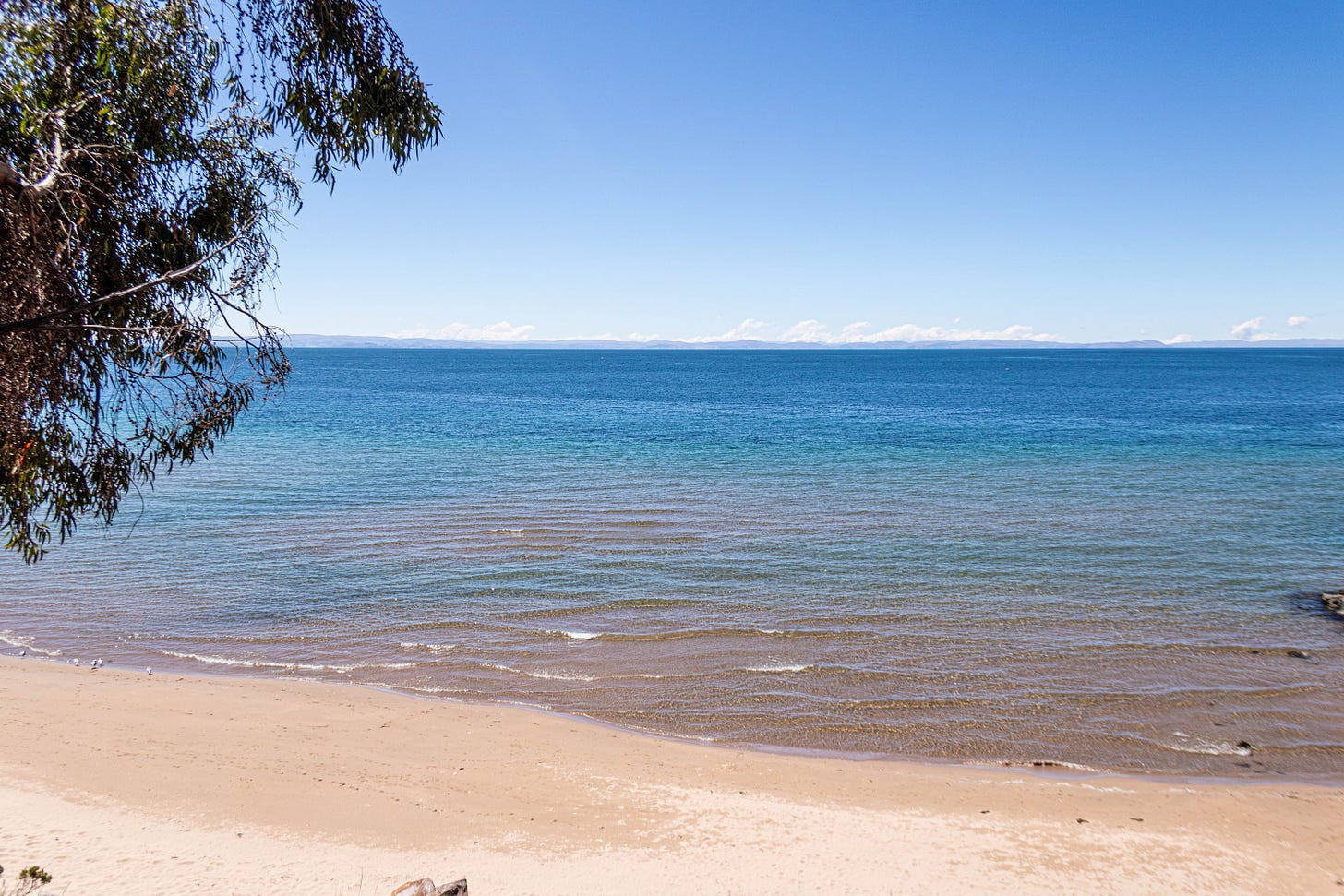
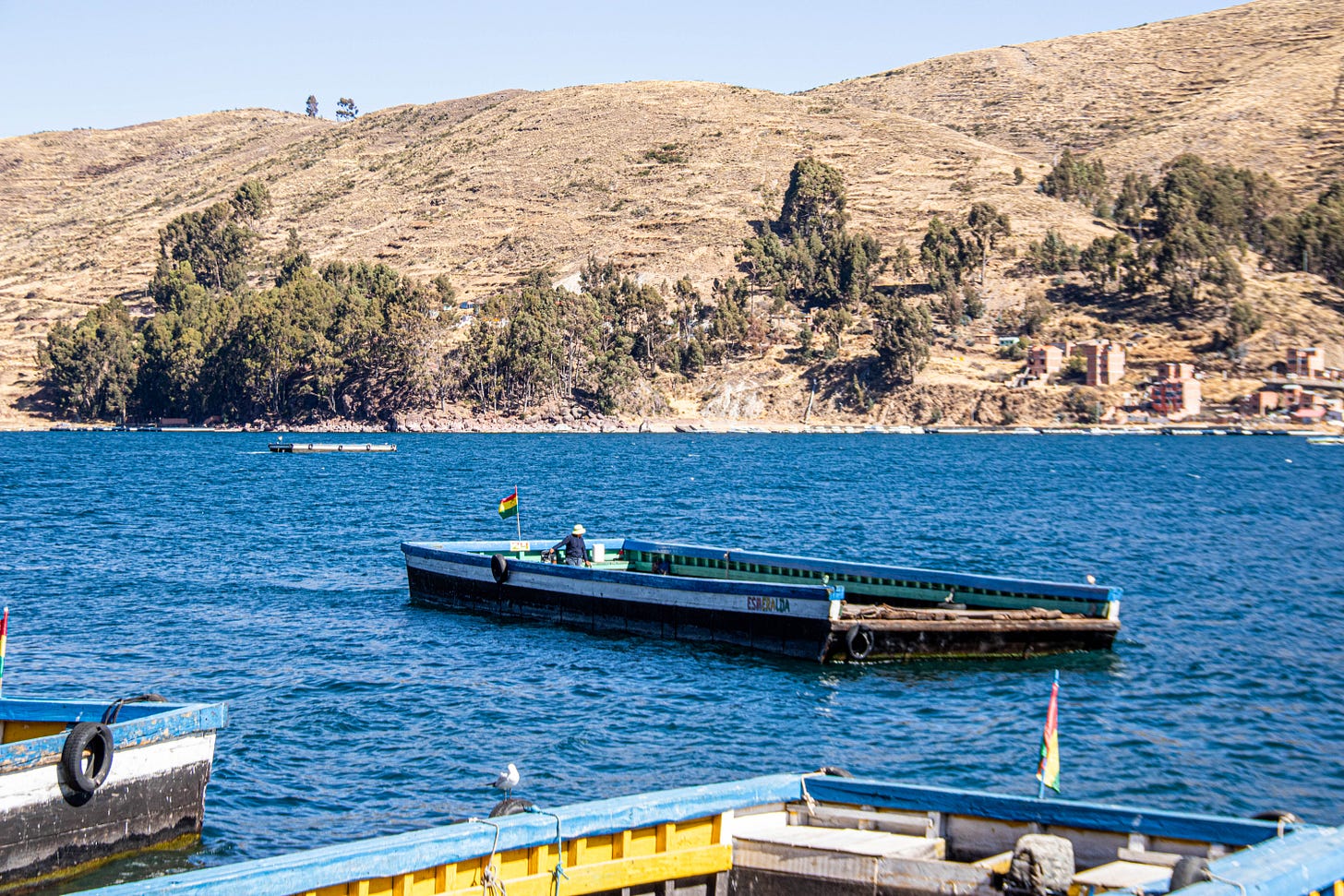
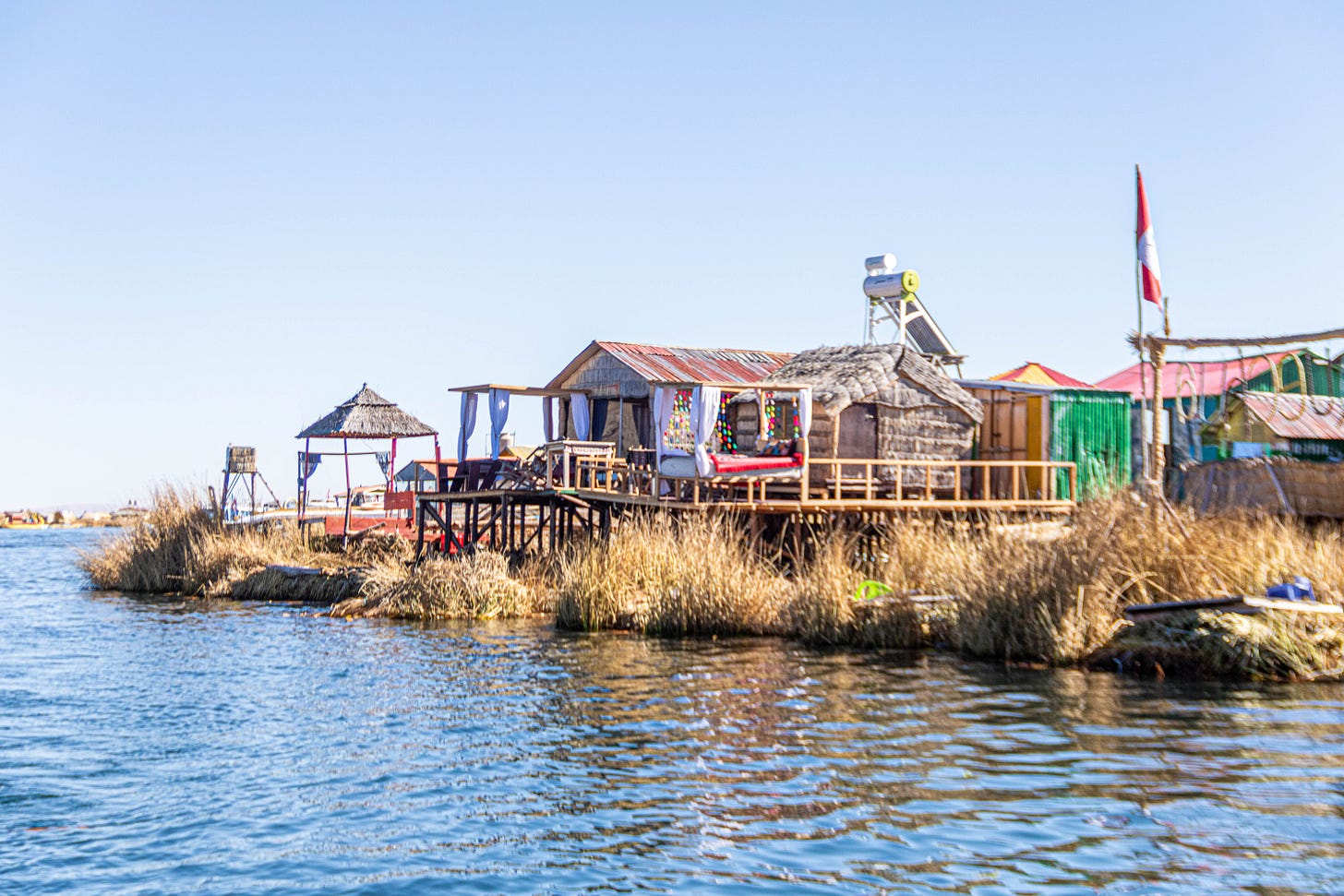
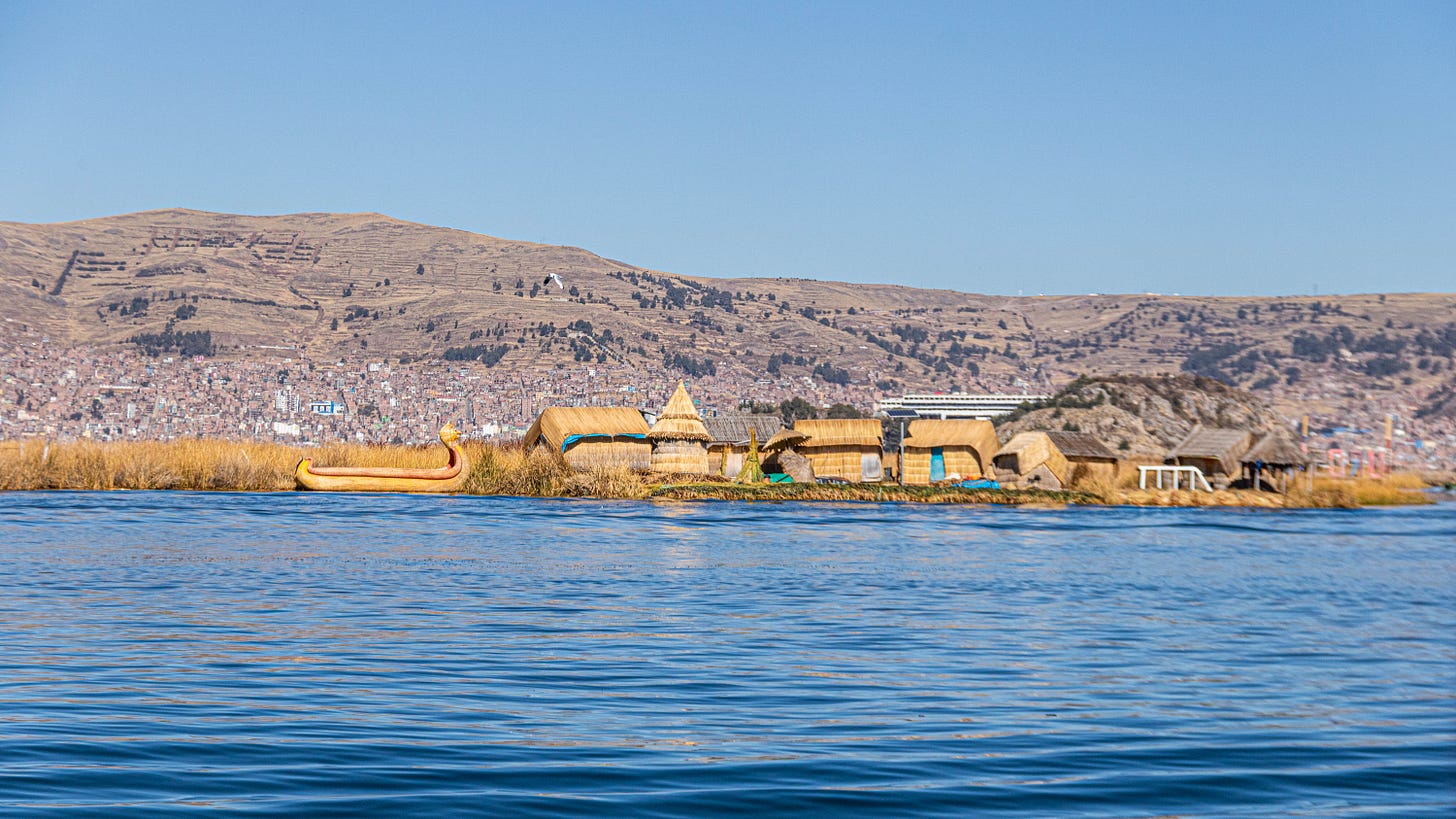
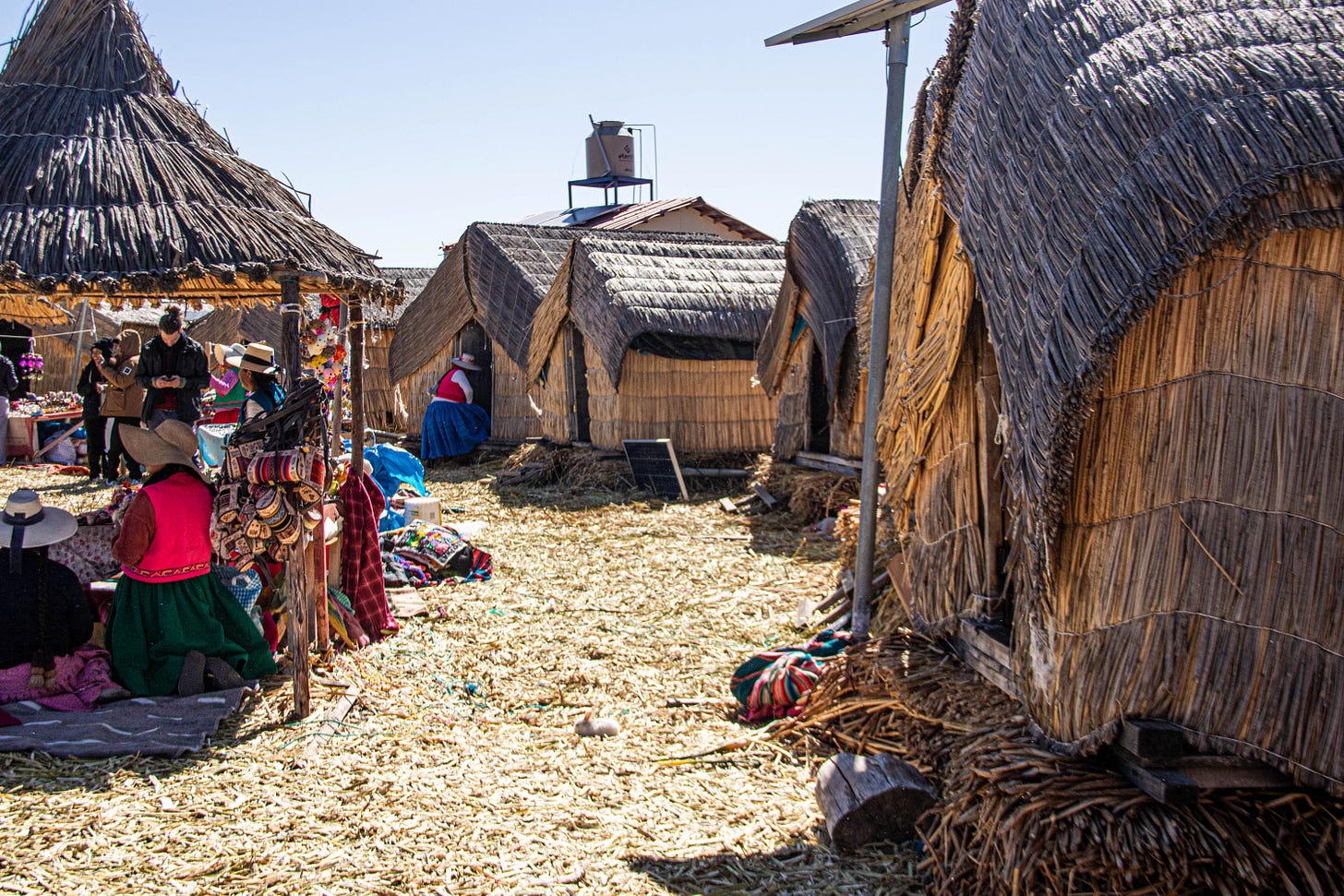
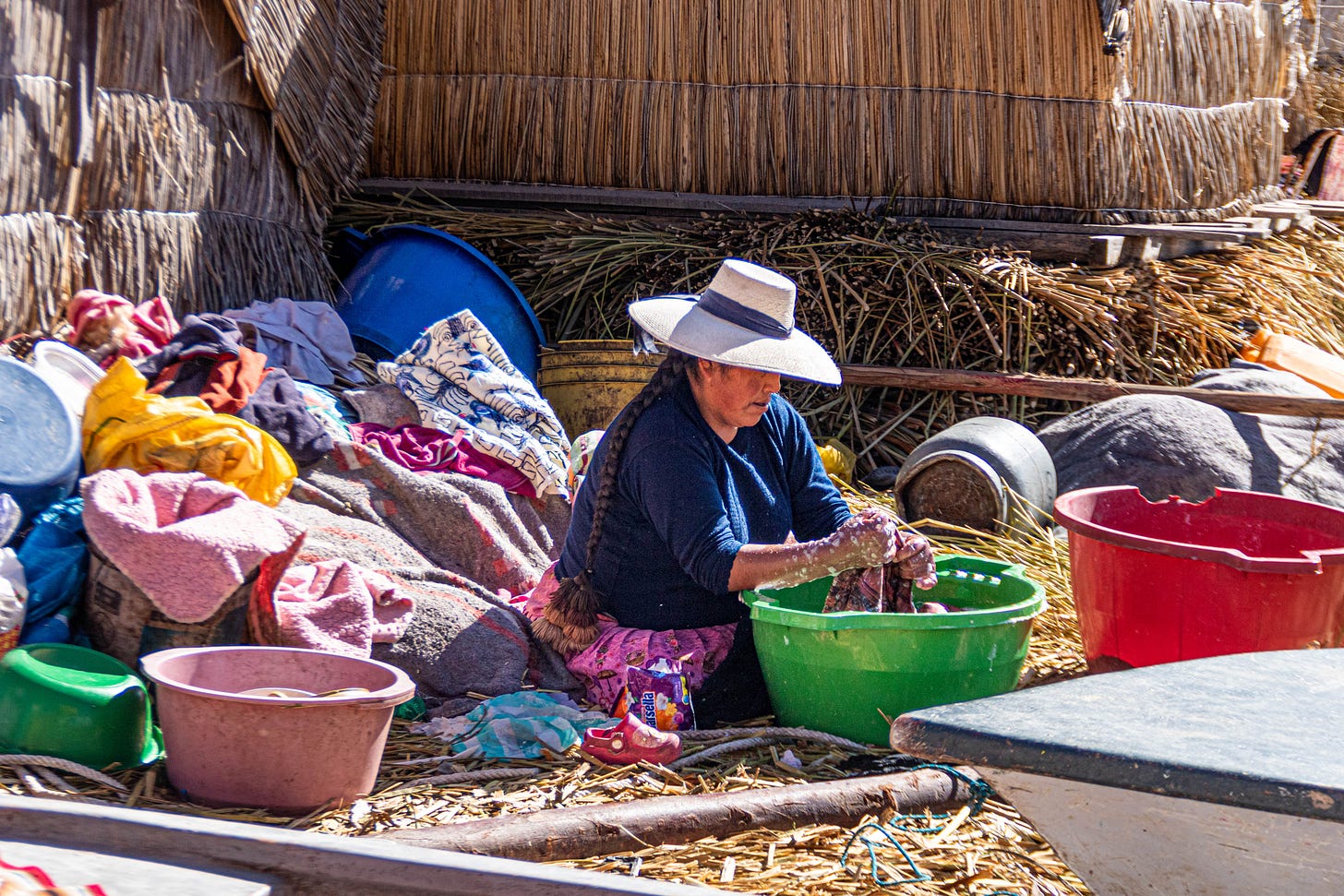

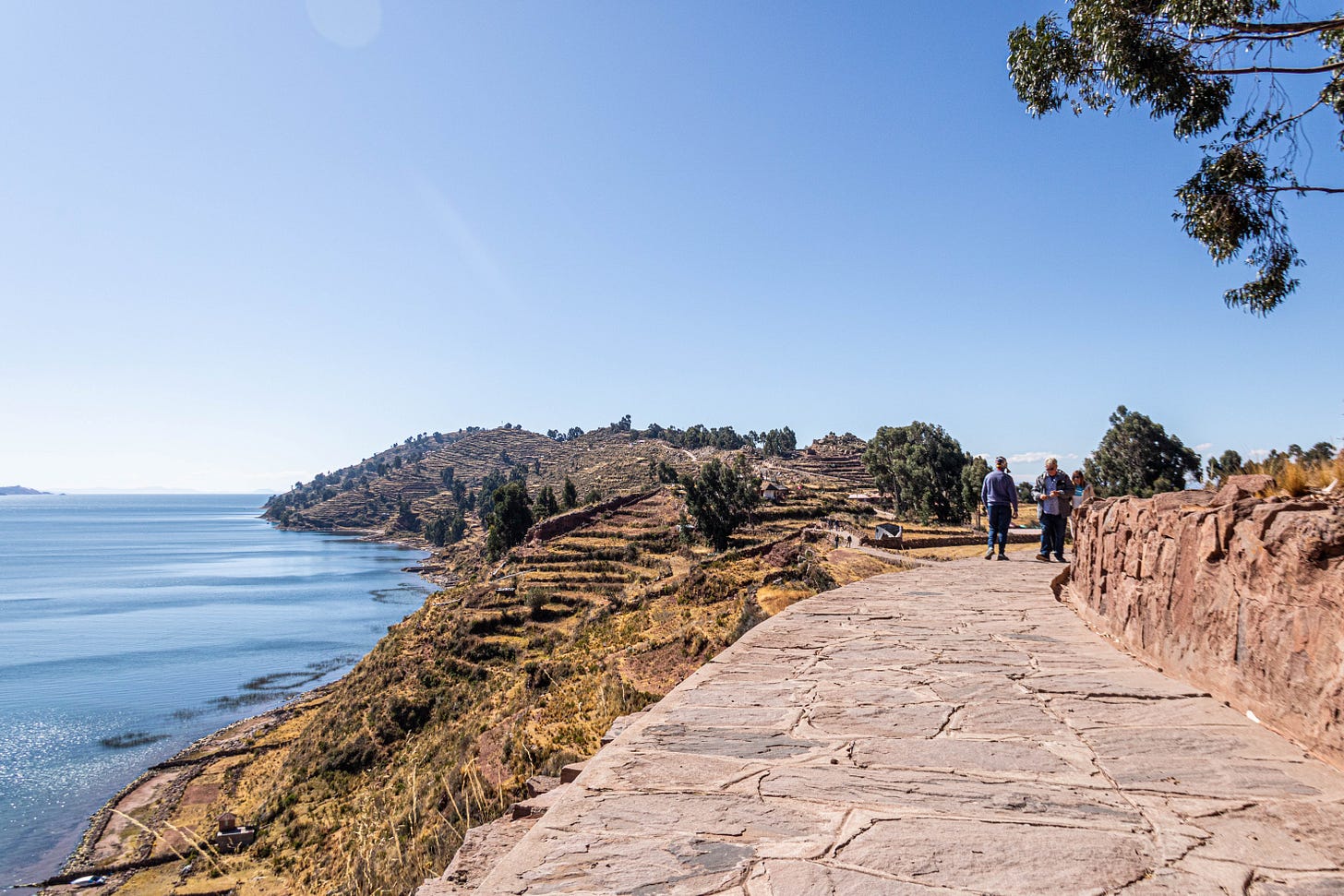
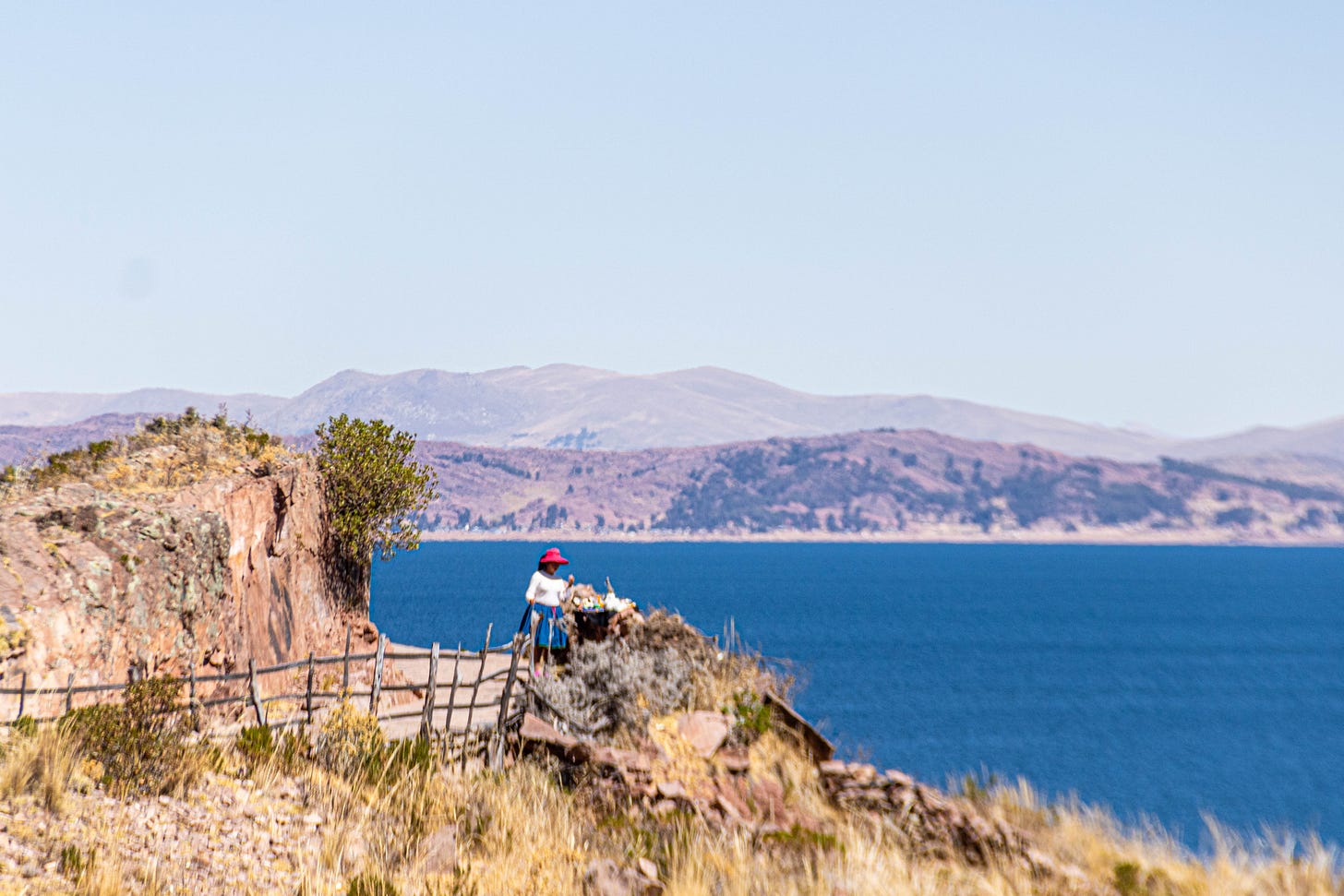
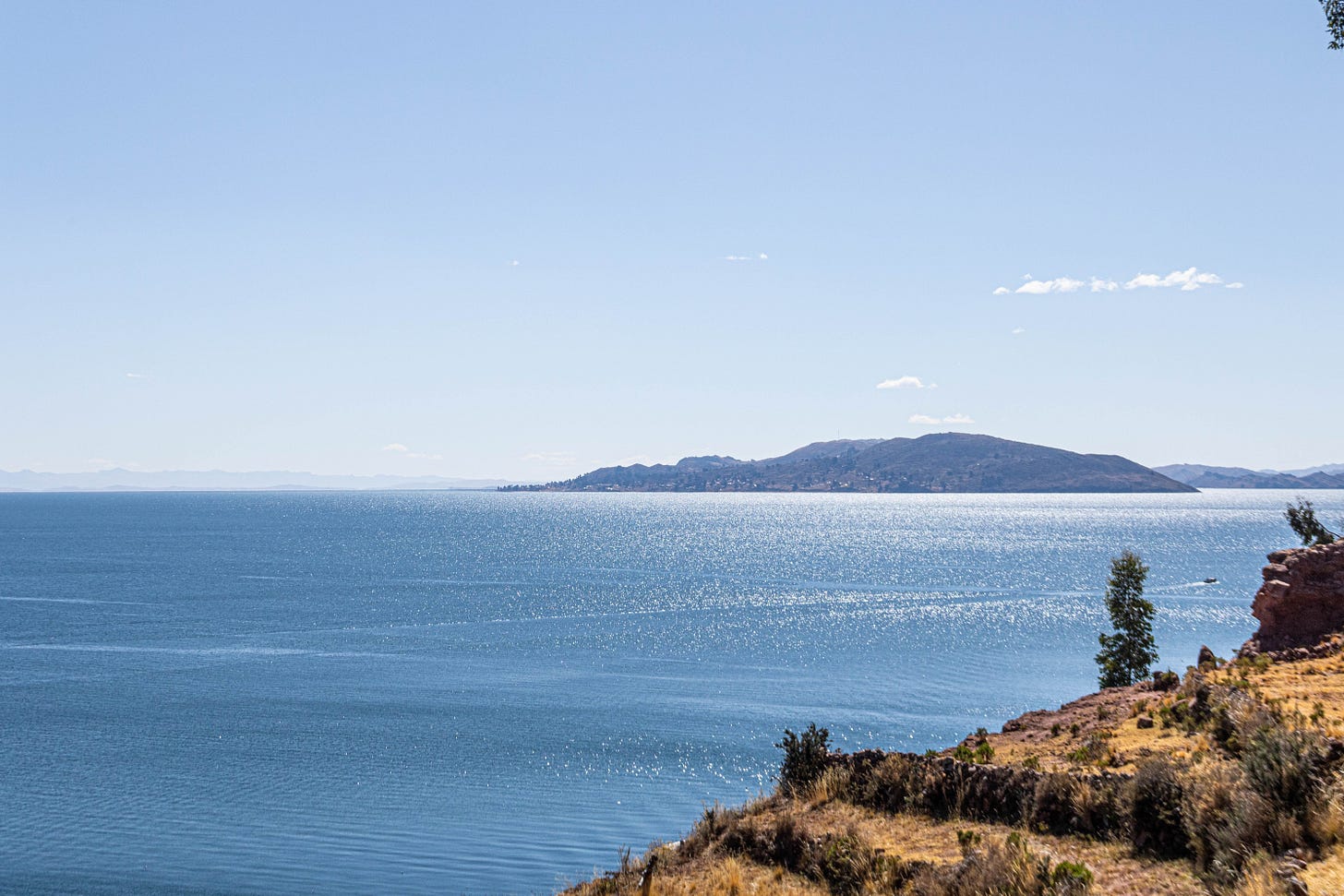
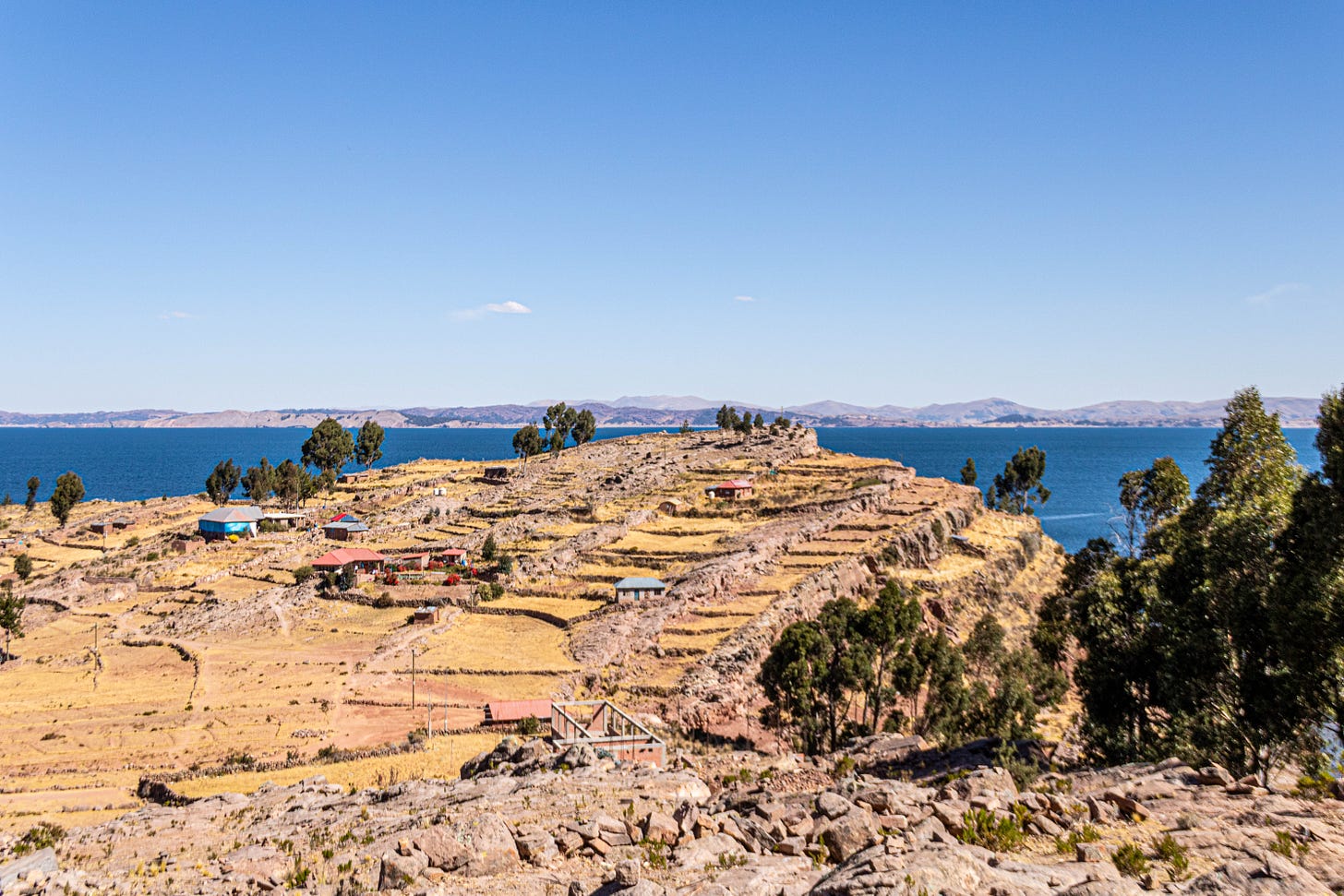
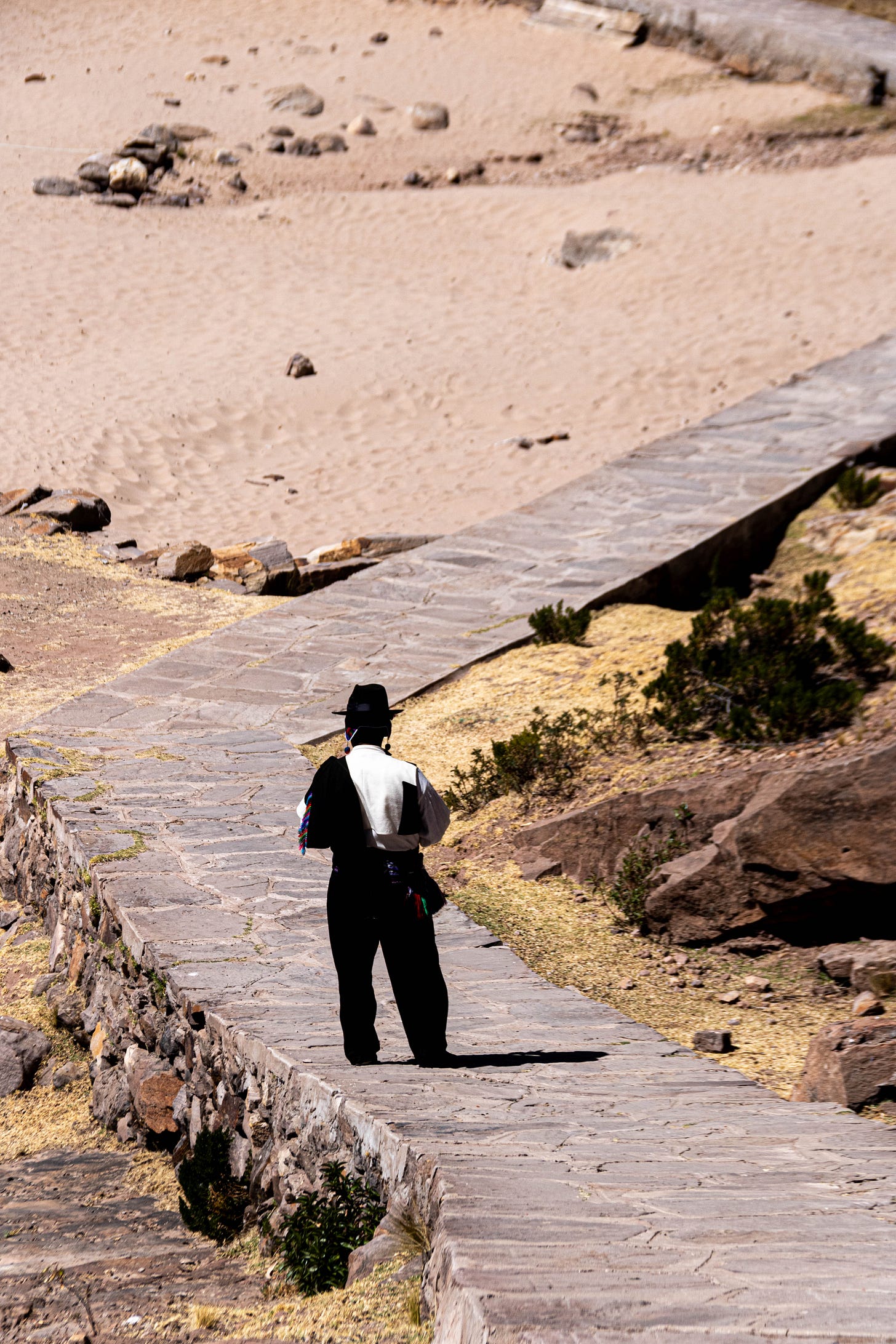
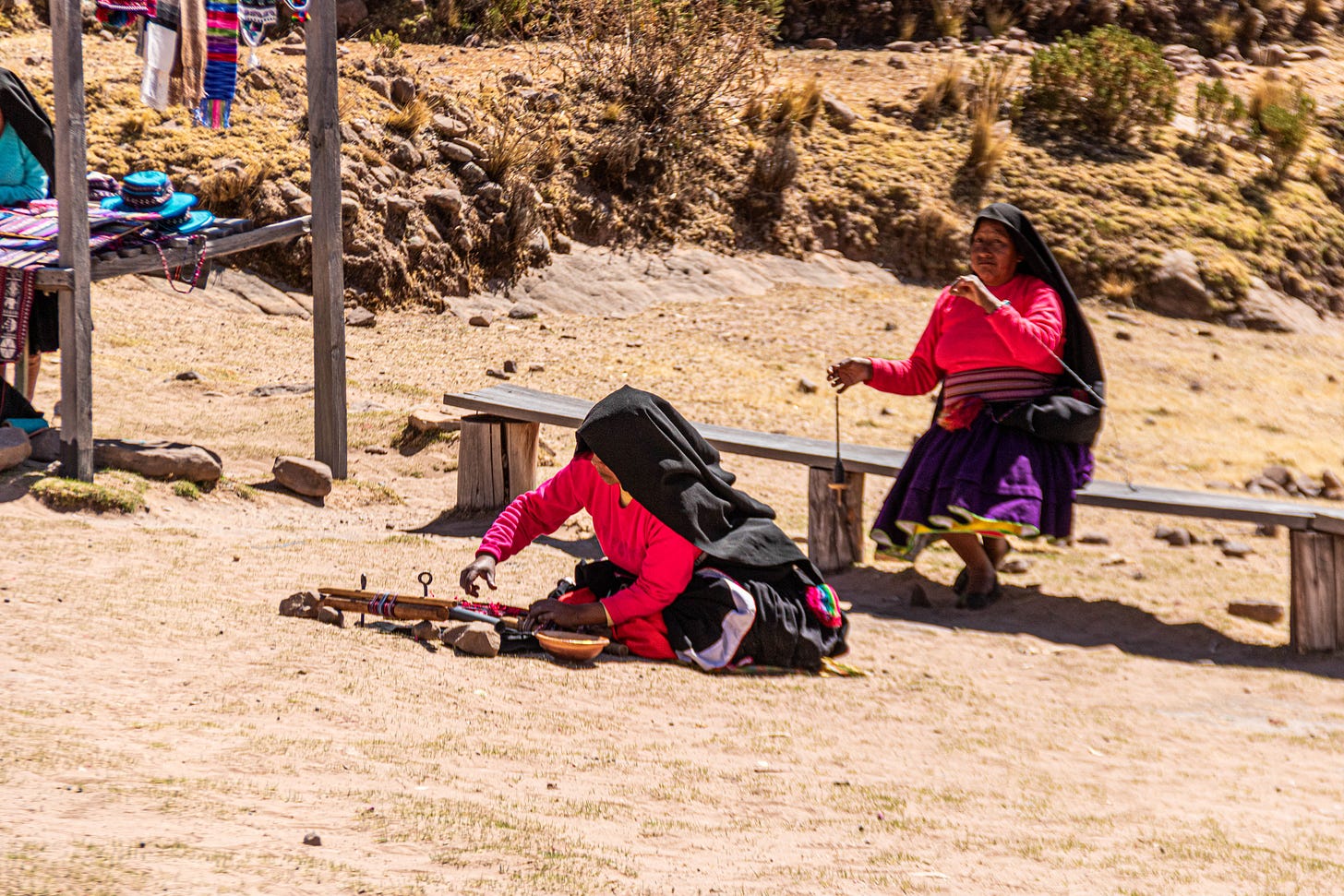
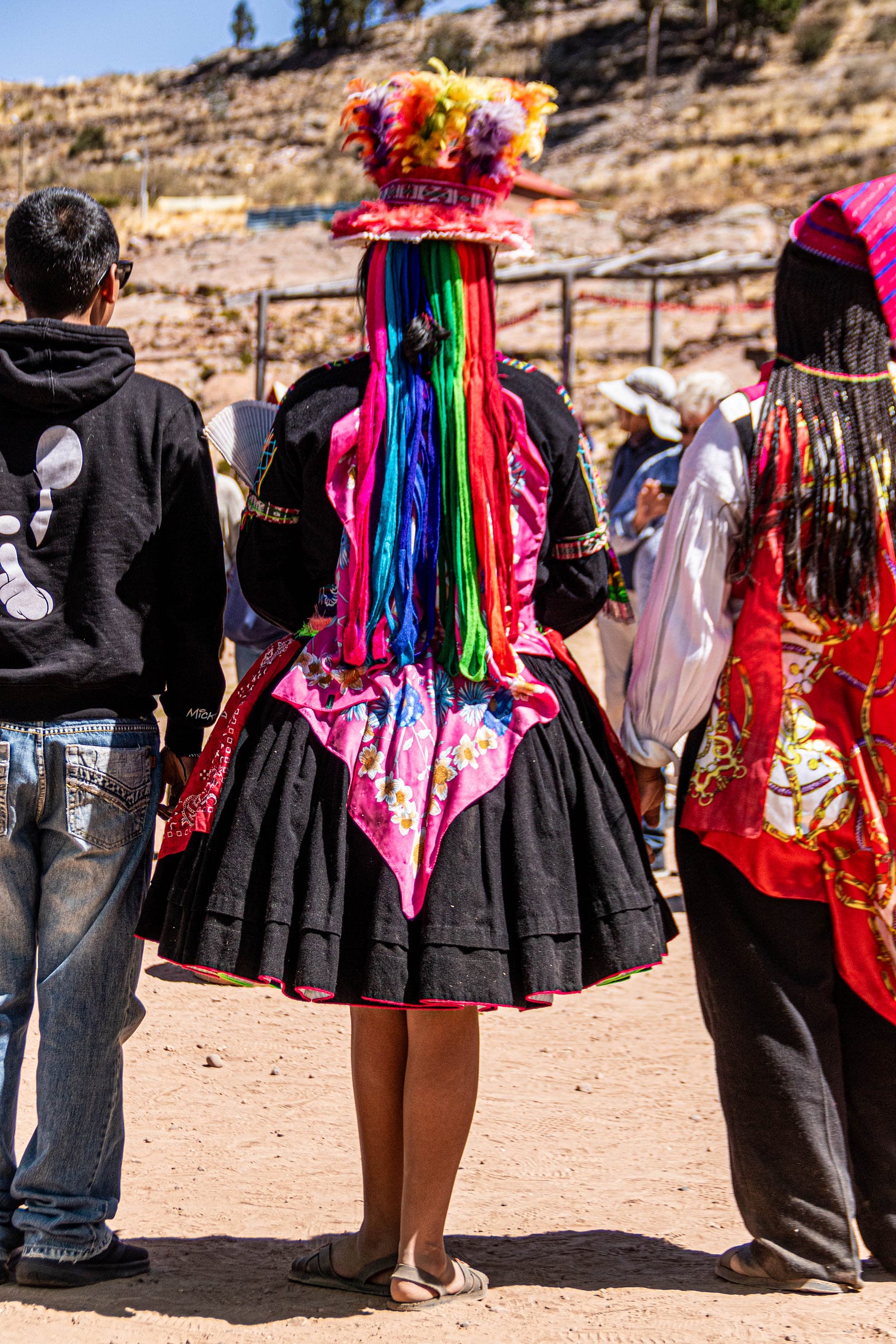
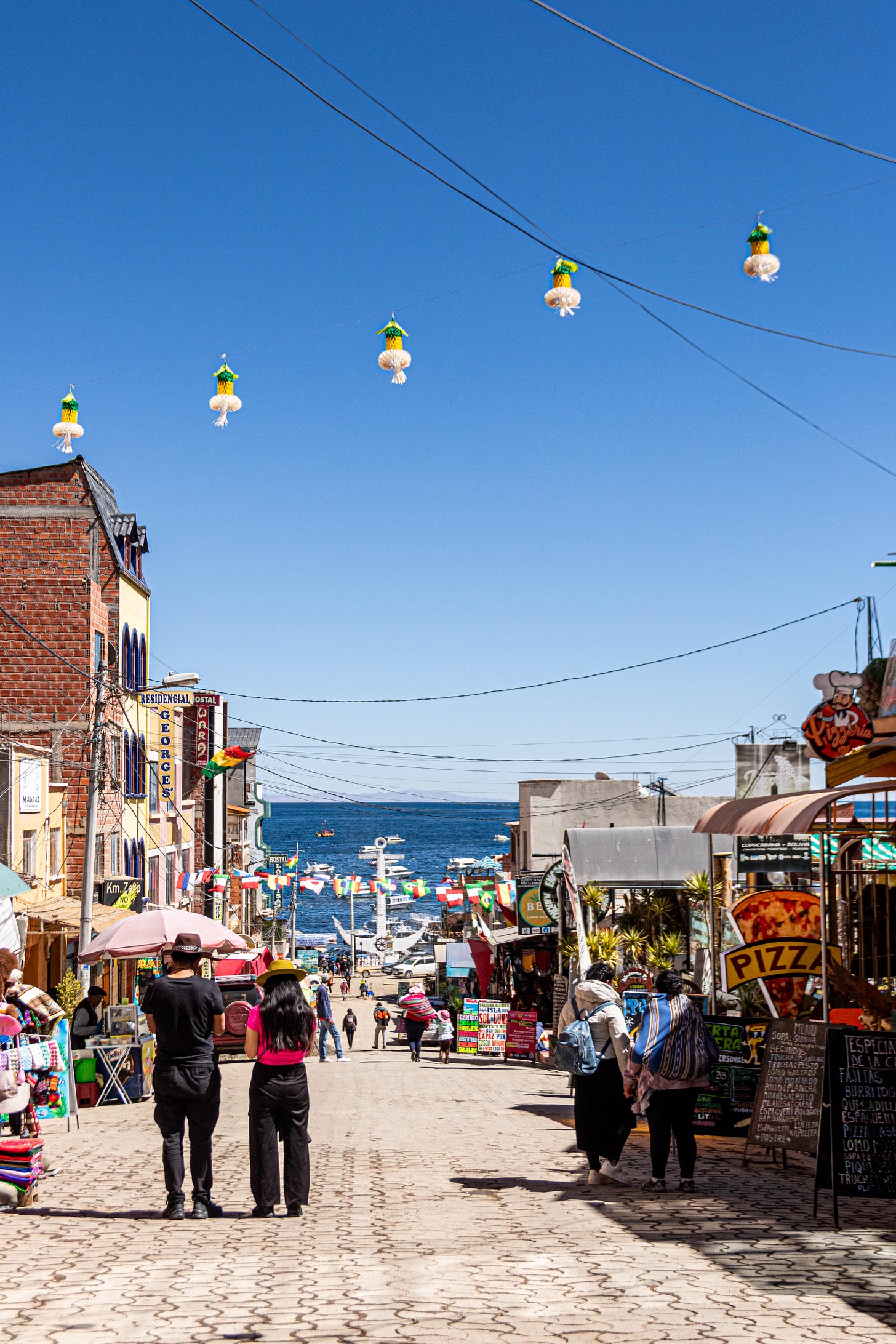
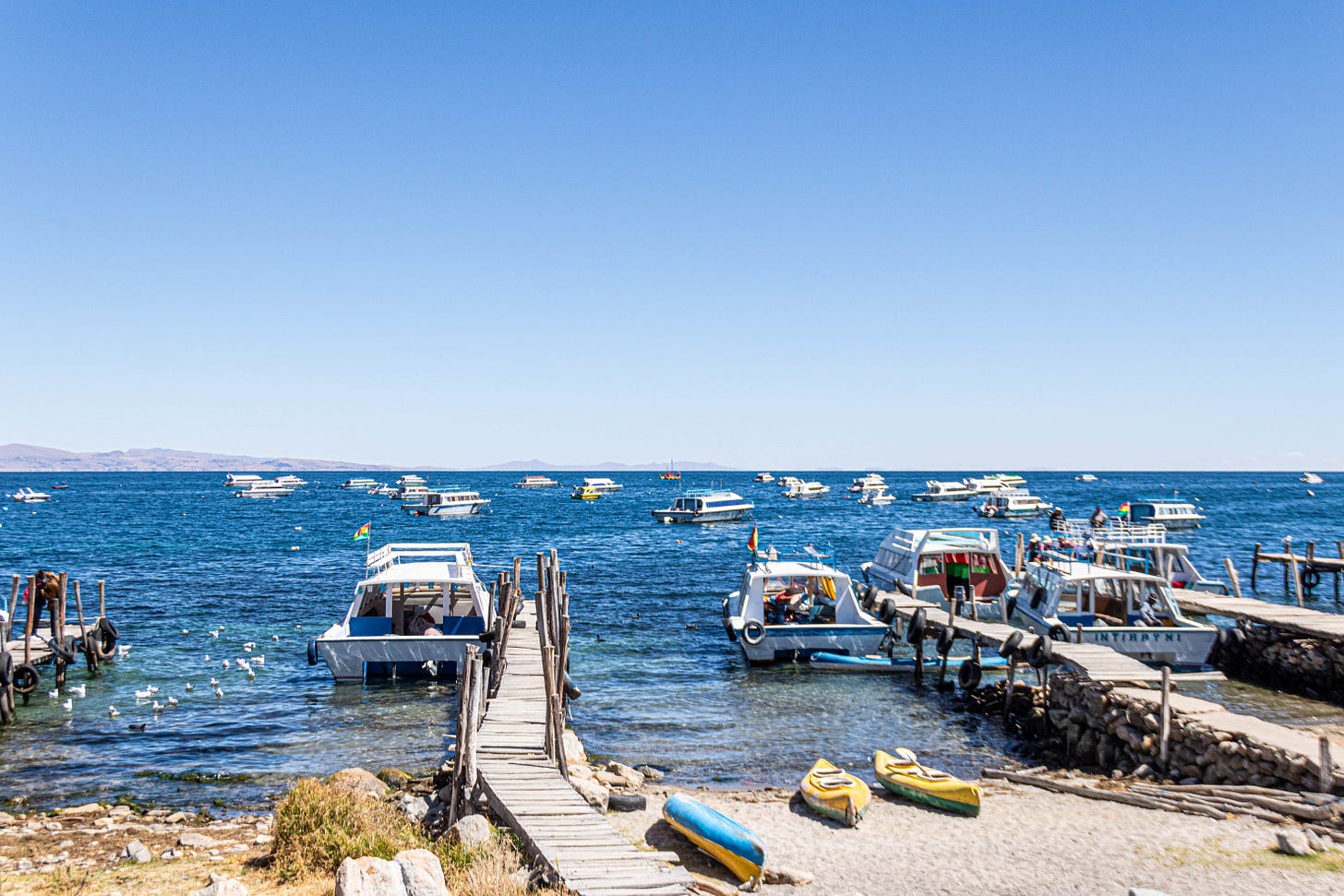
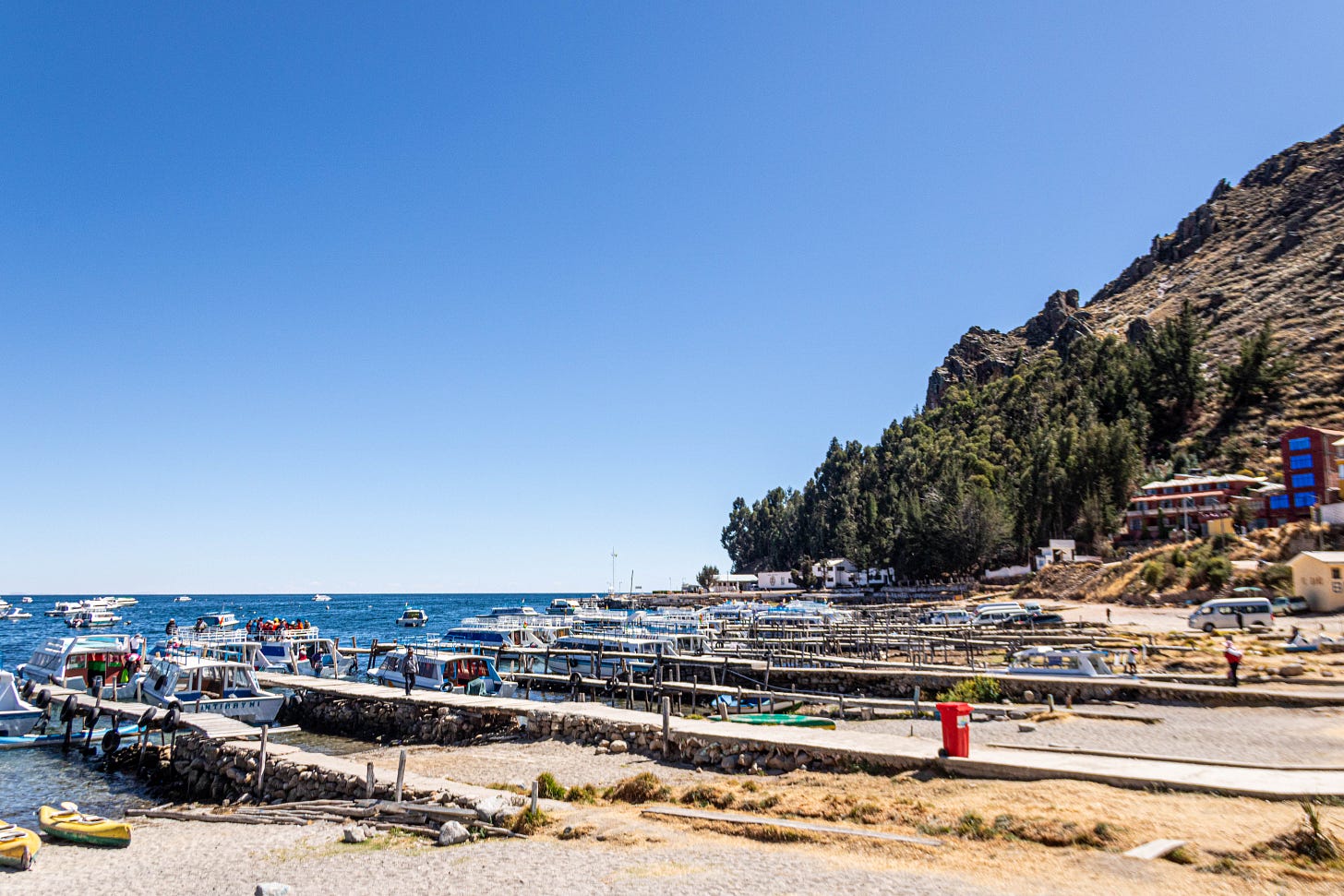

Love it Flavio!
Cool images. I love experiencing different cultures.